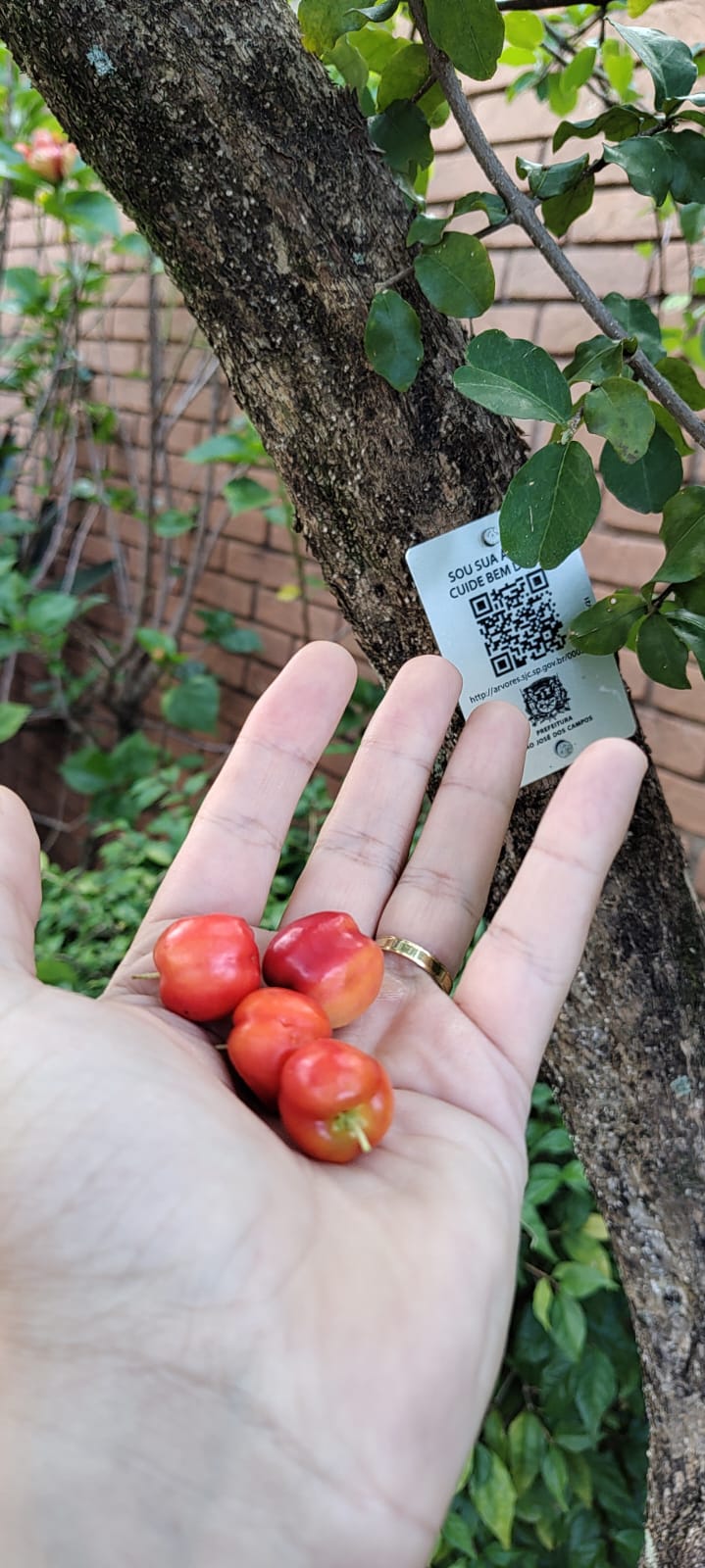São José dos Campos is the only recognized smart city in Brazil; this recognition is given to only a few cities around the globe. Primarily, these cities benefit from technology to develop themselves while improving the quality of life of their citizens.
For instance, one of the fascinating traits of São José dos Campos is that most of the trees in the urban area are mapped. Additionally, they have a QR code that makes it relatively easy to identify them. This information is public and widely available to anyone in https://arvores.sjc.sp.gov.br/ and https://geosanja.sjc.sp.gov.br/.

QR code on a tree in São José dos Campos
